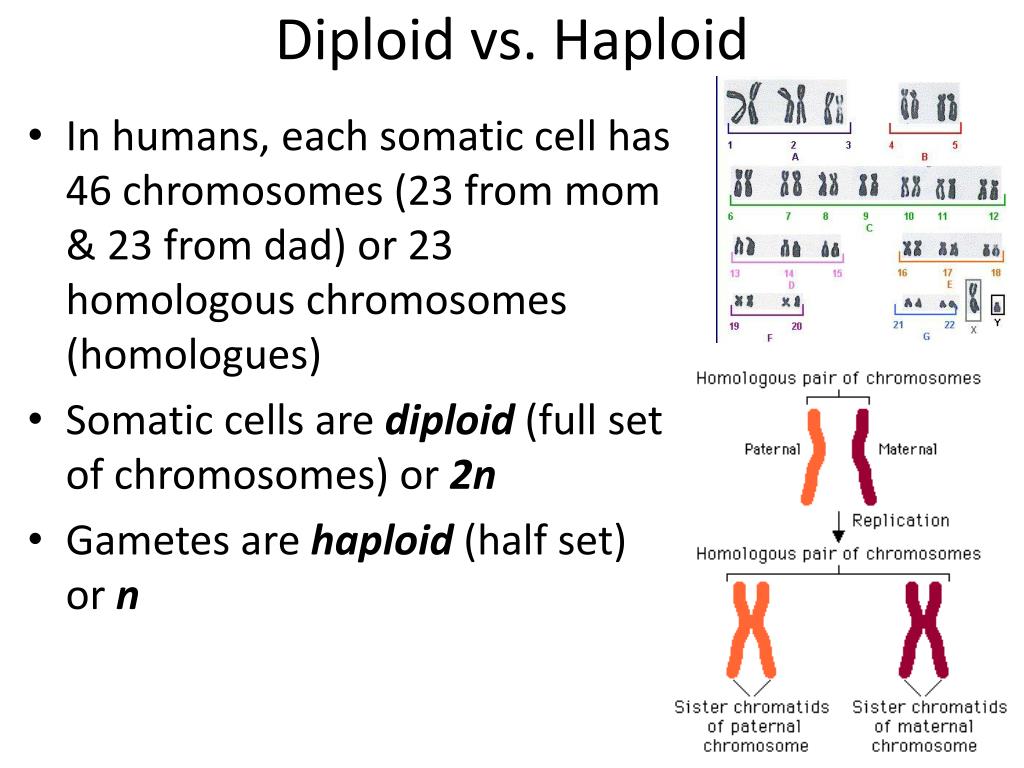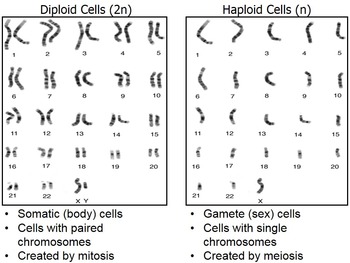EXPLAINATION OF DIFFERENCE BETWEEN HAPLOID CELL AND DIPLOID CELL IN Biology Diagrams Learn the definitions, characteristics, and examples of diploid and haploid cells, and how they relate to genetics, inheritance, and life cycles. Find out how chromosome sets are altered in meiosis and mitosis, and what would happen if they did not occur. Learn the definition, examples, and comparison of diploid and haploid cells, which are two types of cells in the body with different numbers of chromosomes. Diploid cells have two sets of chromosomes and reproduce by mitosis, while haploid cells have one set and reproduce by meiosis. Learn the meaning of haploid and diploid cells, how they differ in chromosome number, formation and function. Find out the examples of haploid and diploid cells in humans and other organisms.

Definition of Haploid and Diploid. Haploid describes a cell that contains a single set of chromosomes and Diploid is a term that refers to the presence of two complete sets of chromosomes in an organism's cells, with each parent contributing a chromosome to each pair.. Difference Between Haploid and Diploid. Following are the difference between haploid and diploid are given below: Learn the definitions, characteristics, and examples of diploid and haploid cells in biology. Diploid cells have two sets of chromosomes, while haploid cells have one set.

Difference Between Haploid And Diploid Biology Diagrams
Learn the definitions, examples, and functions of haploid and diploid cells in biology. Haploid cells have one set of chromosomes and are involved in sexual reproduction, while diploid cells have two sets and are involved in asexual reproduction and development. Diploid vs. Haploid: there are two types of cells in the human body, diploid and haploid.The main difference between diploid and haploid is due to the different number of chromosomes present in them, as there are two chromosomes in diploid cells, while there is a single chromosome within haploid cells.

Haploid and diploid cells both contain nucleic DNA, but only diploid cells have a full set of chromosomes. For sexual reproduction and gene shuffling to occur, the number of chromosomes in a diploid cell is reduced in half via meiosis to produce a haploid sperm and ovum that form a diploid zygote. Science. Astronomy;
